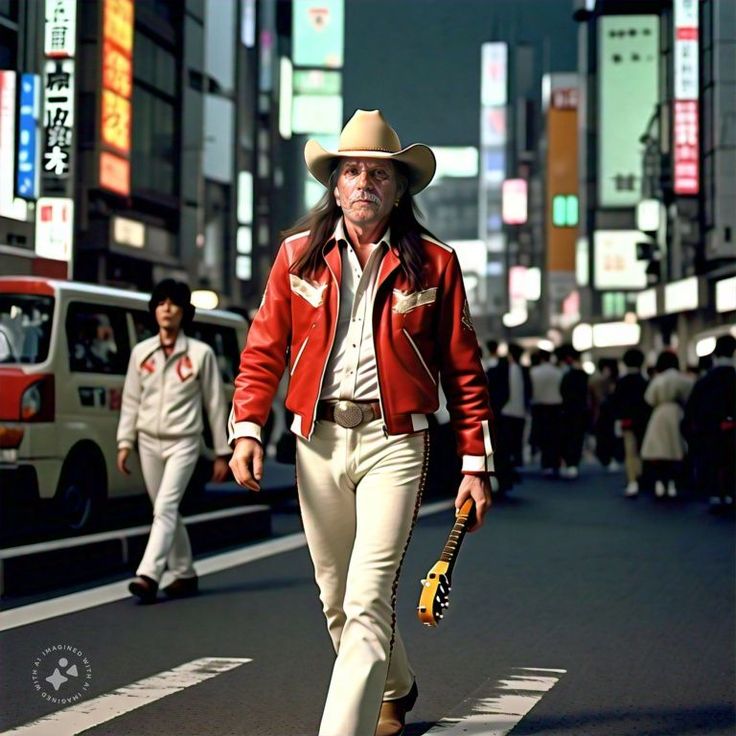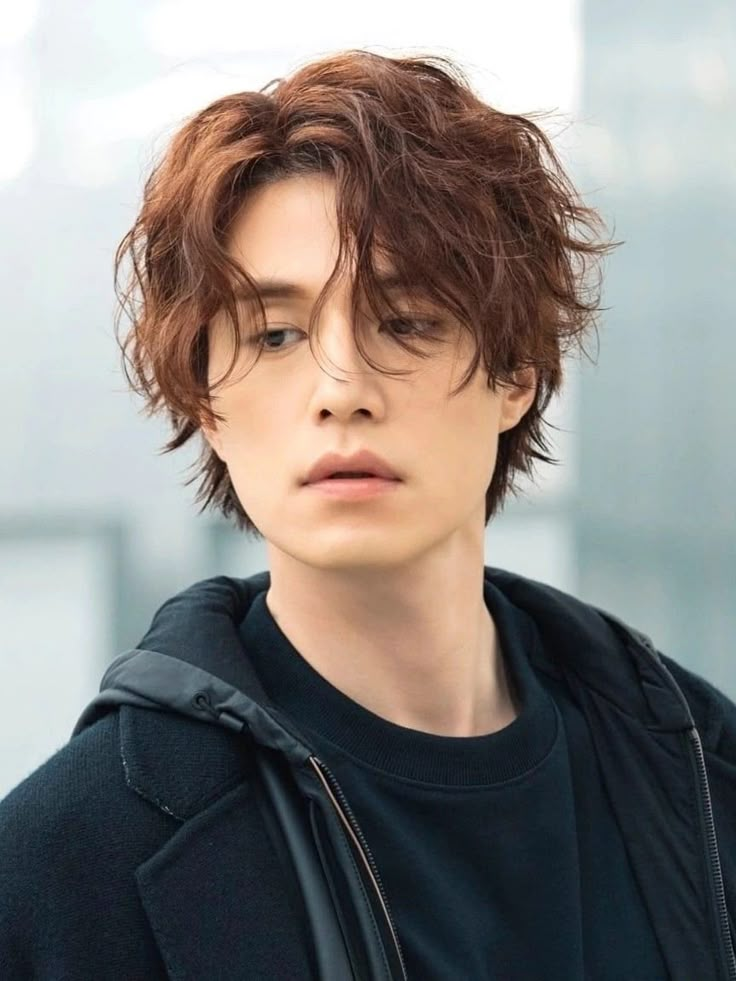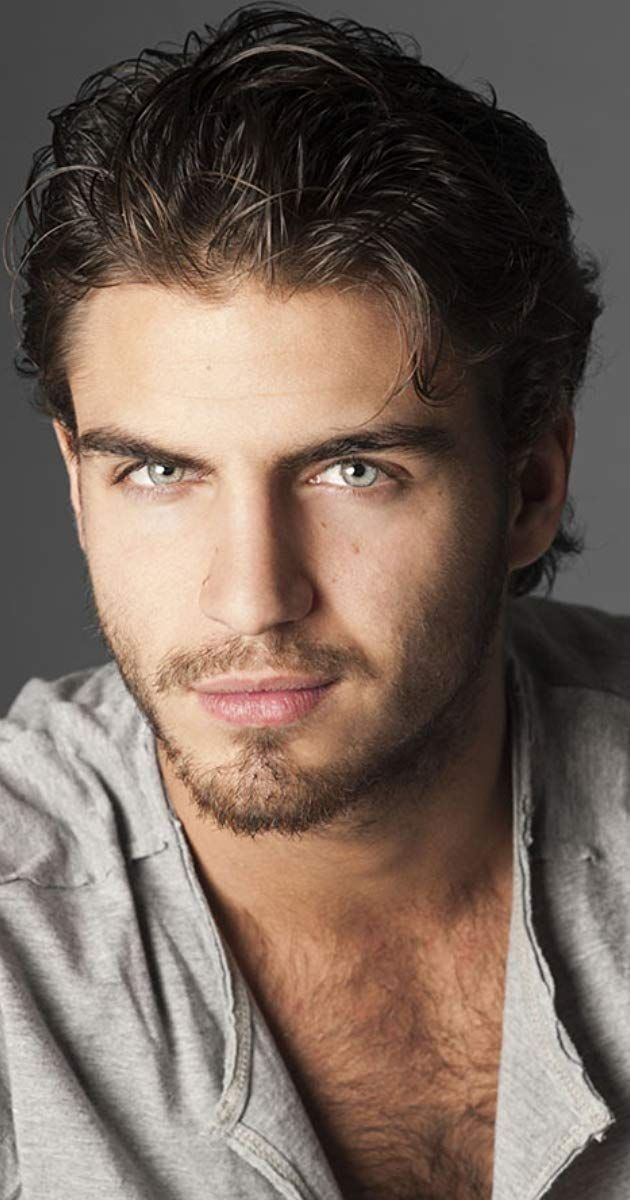The concept of beauty is one of humanity’s most enduring and subjective fascinations. What one culture deems attractive, another may overlook. These standards are a fluid mosaic, shaped by history, media, and personal experience. In a world more connected than ever, a tantalizing question arises: where on this vast planet can one find the most handsome men? To explore this from a unique cultural vantage point, the popular YouTube channel “TAKASHii from JAPAN” took to the bustling streets of Tokyo, asking Japanese women a simple yet revealing question: “Which country has the most handsome men?”
The answers, captured in a series of candid street interviews, paint a fascinating and complex picture. They move beyond simple physical preferences to reveal a rich tapestry of cultural influences, from the long-standing allure of Hollywood and European cinema to the modern tidal wave of K-Pop and the profound impact of personal travel. The responses from these women provide more than just a list of countries; they offer a cultural map of attraction, highlighting what Japanese women find desirable in men from around the globe and, in doing so, revealing much about their own evolving standards of beauty.
The Classic Western Ideal: The Allure of the “Gaijin”

A significant number of responses gravitated towards a classic, almost archetypal image of Western male beauty. Countries like the United States, the United Kingdom, Sweden, Germany, and Russia were frequently mentioned, often for a similar set of striking physical characteristics: tall stature, fair skin, light-colored hair, and blue eyes.
“Sweden has the most,” one woman in a white dress thoughtfully suggested. Her reasoning was immediate and specific: “Many model-like beautiful people, blue eyes and blonde hair.” Another woman, when asked about her preference for German men, elaborated on this theme. “In general, Japanese people like blonde hair with distinct facial features,” she explained. “Eyes that are not black like Japanese are more attractive.” Her friend, who chose the United States, echoed this sentiment, adding, “New York has more handsome men than Tokyo? For sure.” She described her ideal as “tall with blue eyes and blonde hair,” a vision that made her exclaim, “I was like ‘Wow!'”
This preference points to a powerful cultural phenomenon in Japan known as akogare (憧れ), a deep sense of longing or admiration for something different and often perceived as unattainable. For a largely homogenous society, the combination of blonde hair and blue eyes represents a striking and exotic departure from the norm. It is an aesthetic heavily reinforced by decades of Western media dominance. Hollywood actors and international models have long set a global standard, and their features are seen as the epitome of a certain kind of handsomeness.
The United Kingdom, in particular, was mentioned multiple times, not just for physical looks but for a specific persona. One woman’s preference was directly tied to her favorite actors. “I like an actor from there,” she said with a smile, “Tom Hiddleston.” She also mentioned Benedict Cumberbatch, connecting them to a “gentlemanly image.” This “gentleman” trope is a powerful one. It moves beyond mere appearance to encompass behavior, sophistication, and a certain refined charm that Japanese women find highly appealing. Another interviewee, who had studied dance in the UK, cited their “cool accent” and “fair-skinned and tall” physique as reasons for her choice.
The United States was another popular choice, often associated with a different kind of Western ideal. One woman described American men as having “defined faces, clear skin, and sharp facial lines.” Another found them “tall and very protective.” A recurring theme was the sheer pheromonal power she associated with them. “Blue eyes, and exploding with pheromones,” one woman declared, summing up a potent image of confident, almost overwhelming masculinity. These responses reveal that the “handsome foreigner” or gaijin is not a monolith; he is a collection of ideals, from the refined European gentleman to the charismatic and protective American.
The Korean Wave: A Modern, Polished, and Relatable Aesthetic

While the West holds a classic appeal, the most consistently mentioned country after Japan itself was its neighbor, South Korea. The rise of the Hallyu, or Korean Wave, has had an undeniable and transformative impact on beauty standards across Asia, and this was clearly reflected in the interviews.
When asked why they chose Korean men, the women’s answers were detailed and consistent. “Korean men have sharp eyes, with cute smiles,” one woman in Shibuya explained. Her friend quickly added another key attribute: “Korean men are tall.” This combination of sharp yet friendly features, coupled with a desirable height, forms the core of the modern K-Pop idol aesthetic.
However, the appeal goes deeper than just facial structure and height. Another interviewee pointed to a crucial aspect of the Korean ideal: meticulous grooming. “They care about beauty,” she noted, highlighting the high standards of skincare and style prevalent among Korean men. This contrasts sharply with more rugged ideals and aligns with a growing trend in Japan where men are also paying more attention to their appearance. The Korean aesthetic offers a form of handsomeness that is aspirational yet relatable—an Asian ideal, amplified. It’s not as biologically distant as the blonde, blue-eyed Westerner, making it feel more attainable and relevant.
Interestingly, the discussion of Korean men also brought out nuanced preferences. One woman, comparing them to Japanese men, observed, “Japanese men are thinner.” Her preference was clear: “I don’t like very muscular men,” making the leaner build of many Japanese and Korean celebrities more appealing to her. This highlights that for some, the ideal is not about raw masculinity but a more refined, slender, and polished presentation. The Korean man, as perceived by these women, represents the pinnacle of this modern, style-conscious Asian aesthetic.
The Mediterranean and Latin Charm: Style, Passion, and the Power of Experience

Another distinct category of handsome men emerged from the sun-drenched countries of the Mediterranean and Latin world, with Spain, Italy, and Brazil getting enthusiastic mentions. What set these preferences apart was that they were often rooted in direct personal experience, particularly travel, which left a powerful and lasting impression.
One woman’s choice of Spain was born from a trip that seemed to overwhelm her senses. “When I traveled there,” she said, laughing with the memory, “I was like, ‘Wow, they are super handsome!'” She covered her mouth in joyful disbelief as she recalled, “There were only handsome men!” For her, the entire country was a paradise of good looks. Another interviewee, who also chose Spain, had a more specific feature in mind: “I love men with curly hair,” she said, noting that it looked different and more natural than when Japanese men try the style.
Italy was praised for its “gentlemanly” men, a perception so strong that one woman said she had heard “rumors that Italians are gentlemen.” This reputation, whether based on fact or romanticized ideal, is a powerful draw. The appeal of Italian men also extended across generations. One woman who had visited Rome was impressed that “even the older gentlemen were really cool,” coining the term ike-oji (handsome older man) to describe them. She loved that from the young restaurant staff to the mature men on the streets, there was a consistent sense of style and charm.
Brazil’s appeal was tied to a different kind of passion: soccer. “Watching soccer, I think Brazilians are handsome,” one woman said, immediately offering a famous example: “Like Neymar.” While Neymar is Brazilian, another woman mistakenly cited him when choosing Spain, and another mentioned Cristiano Ronaldo (who is Portuguese) when choosing the US. These small mix-ups are telling; for some, the handsome ideal is less about a specific nationality and more about a general “type”—in this case, the athletic, passionate, and world-famous soccer star. This “Latin lover” archetype, characterized by style, confidence, and a touch of passionate flair, clearly holds a special place in the hearts of many Japanese women.
Beyond the Stereotypes: The Broadening Horizons of Beauty
While clear trends emerged, some of the most fascinating answers were those that defied easy categorization and challenged the dominant stereotypes. These unique choices, from Saudi Arabia to the Philippines, demonstrated that Japanese women’s tastes are becoming increasingly diverse and globalized.
Perhaps the most surprising choice was Saudi Arabia. The interviewee’s reasoning provided a direct counter-narrative to the prevailing preference for fair skin. “It’s just my preference,” she explained, “but rather than fair skin, I prefer men with deep features and high noses.” She added, “Beards too. Yes, beards are good.” This preference for a darker, more ruggedly defined handsomeness shows a clear departure from the bishōnen (beautiful boy) or fair-skinned Western ideals.
Other less common but equally interesting choices included Turkey and the Philippines. The woman who chose Turkey was drawn to a single, striking feature: “High noses.” For her, this was the defining characteristic of male beauty. The interviewee who picked the Philippines simply said, “I think they look so cool,” a straightforward and confident assertion of her personal taste.
These responses are significant because they suggest that the monolithic beauty standards of the past are fracturing. Through the internet, global travel, and a more multicultural society, Japanese women are being exposed to a wider array of ethnicities and aesthetics. As a result, their definitions of “handsome” are expanding to include features and types that were once outside the mainstream. These women are not just passively consuming media ideals; they are actively forming their own unique preferences based on a broader worldview.
The Final Verdict: The Importance of Communication and Connection
Across all the interviews, one practical consideration consistently emerged, acting as a great equalizer in the global pageant of male beauty: language. While a woman might admire the “exploding pheromones” of an American or the “gentlemanly” charm of a Brit, the fantasy often met a practical wall when it came to a real relationship.
“Would you date an American man?” the interviewer asked one woman. “If he asked me out and he was my type, I would,” she replied enthusiastically, before adding a crucial condition: “It’s better if he can speak Japanese, right? Absolutely.” She laughed at the alternative: “Because talking through Google Translate feels weird.” Another interviewee, who was drawn to the protective nature of American men, agreed. She would like to date one, but ultimately, “I prefer someone who speaks Japanese.”
This sentiment was even present among those who chose other foreigners. A woman who found Spanish men incredibly handsome still noted that for a real relationship, “It actually depends on it,” referring to whether they could communicate effectively. This reveals a critical distinction between aesthetic appreciation and romantic partnership. A man can be admired from afar for his looks, but a true connection requires a shared language.
In the end, while the world offers a dazzling variety of handsome men, many women also expressed a deep and abiding love for their own. Several chose Japan as the country with the most handsome men. One woman, declaring her love for Japanese men, proudly stated, “Because I am a Yamato Nadeshiko,” a term for the idealized, graceful Japanese woman, implying a sense of cultural and aesthetic harmony. Her friend agreed, but with a highly specific Japanese ideal in mind: “I like fair-skinned people with black hair and single eyelids.”
Ultimately, the street interviews in Japan reveal that the answer to “Which country has the most handsome men?” is as diverse as the women answering it. There is no single winner. Instead, we see a fascinating spectrum of desire, from the exotic allure of the West and the polished charm of Korea to the passionate appeal of Latin countries and the comfortable familiarity of home. Beauty, it seems, is not just in the eye of the beholder, but in the culture, experiences, and heart of the one who is looking.

